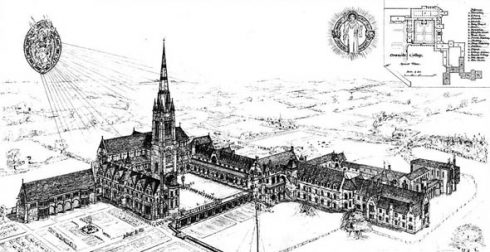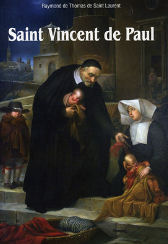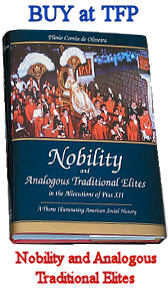Ven. Thomas Maxfield
(Vere Macclesfield)
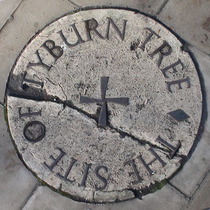
Stone marking the site of the Tyburn tree on the traffic island at the junction of Edgware Road, Marble Arch and Oxford Street
English priest and martyr, born in Stafford gaol, about 1590, martyred at Tyburn, London, Monday, 1 July, 1616. He was one of the younger sons of William Macclesfield of Chesterton and Maer and Aston, Staffordshire (a firm recusant, condemned to death in 1587 for harbouring priests, one of whom was his brother Humphrey), and Ursula, daughter of Francis Roos, of Laxton, Nottinghamshire. William Macclesfield is said to have died in prison and is one of the prætermissi as William Maxfield; but, as his death occurred in 1608, this is doubtful.
Thomas arrived at the English College at Douai on 16 march, 1602-3, but had to return to England 17 May, 1610, owing to ill health. In 1614 he went back to Douai, was ordained priest, and in the next year came to London.
Within three months of landing he was arrested, and sent to the Gatehouse, Westminster. After about eight months’ imprisonment, he tried to escape by a rope let down from the window in his cell, but was captured on reaching the ground. This was at midnight 14- 15 June, 1616. For seventy hours he was placed in the stocks in a filthy dungeon at the Gatehouse, and was then on Monday night (17 June) removed to Newgate, where he was set amongst the worst criminals, two of whom he converted. On Wednesday, 26 June, he was brought to the bar at the Old Bailey, and the next day was condemned solely for being a priest, under 27 Eliz., c, 2.
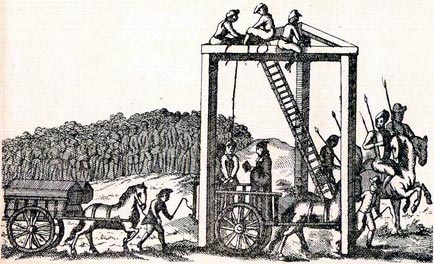
This is an illustration, said to be from about 1680, of the permanent gallows at Tyburn, which once stood where Marble Arch now stands. There was a three-mile cart ride in public from Newgate prison to the gallows, with large spectator stands lined along the way, so many people could see the hangings (for a fee). Huge crowds collected on the way and followed the accused to Tyburn.
The Spanish ambassador did his best to obtain a pardon, or at least a reprieve; but, finding his efforts unavailing, had solemn exposition of the Blessed Sacrament in his chapel during the martyr’s last night on earth. The procession to Tyburn early on the following morning was joined by many devout Spaniards, who, in spite of insults and mockery, persisted in forming a guard of honour for the martyr. Tyburn-tree itself was found decorated with garlands, and the ground round about strewn with sweet herbs. The sheriff ordered the martyr to be cut down alive, but popular feeling was too strong, and the disembowelling did not take place till he was quite senseless.
Half of his relics are now at Downside Abbey, near Bath.
Life and Martyrdom of Mr. Maxfield, Priest 1616, ed. Pollen, in Catholic Record Society, III, 30-58; Challoner, Memoirs of Missionary Priests, II (Manchester, 1803), 51; Pollard in Dict. Nat. Biog., s.v.; Stanton, Menology of England and Wales (London, 1887), 298; The William Salt Archæological Society’s Collections for a History of Staffordshire (London, 1882-1909), III, iii; V, ii, 207; new series, V, 128; XII, 248.
John B. Wainewright (Catholic Encyclopedia)

